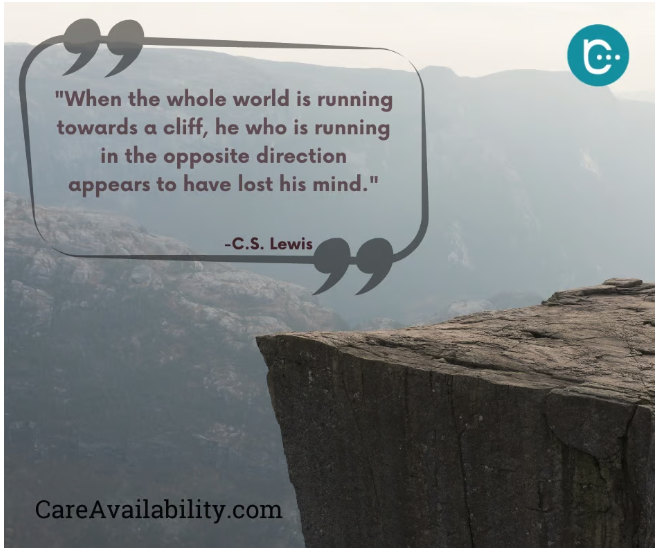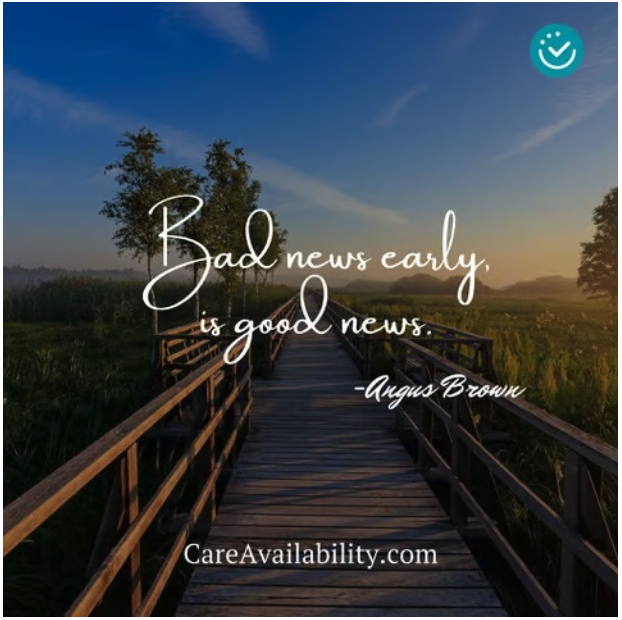
“Get more confidence by doing things that excite and frighten you.” – Jessica Williams
There are often things that we may be anxious about, but flexing our muscles to try something new is ultimately good for us. Maybe it is public speaking, volunteering for a board position, taking on new responsibilities, or changes to our personal lives and priorities. Feel the fear, but do it anyway. You will learn something new, even if it is not always successful on the first try.









